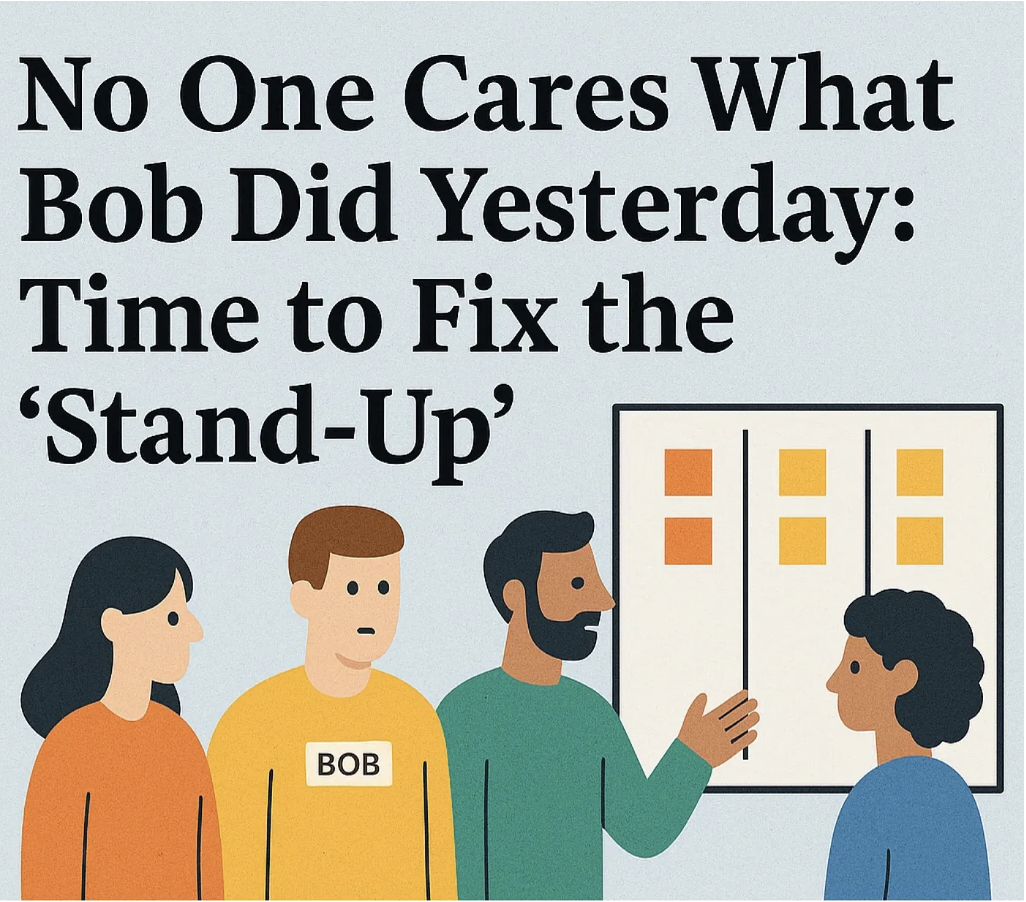Manage the Work, Motivate the People
When we think about what motivates teams, traditional management wisdom has often taught us to focus on individual incentives, performance reviews, and measuring how busy people are. But what if the secret to a more engaged, energized workforce lies not in pushing individual performance, but in managing the work itself? By shifting our focus away from individual utilization to how the work flows through an organization, managers can tap into deeper engagement and achieve better results.
There are simple ways to start that can create a powerful shift in motivation and productivity.
1. Create Focus by Reducing the Work in Progress
In almost every organization employees are stretched thin across too many projects, leading to a lack of focus and reduced productivity. When people are juggling multiple priorities, their attention is divided, and the work suffers. Instead of pushing people to do more, effective managers focus on doing less—and creating a buffer for their teams by saying “no” (or at least ‘not yet’). By reducing the amount of work in progress, managers can help employees focus on completing tasks with higher quality and speed. This singular focus allows people to enter a state of flow where they can perform at their best. When distractions are minimized and priorities are clear, employees experience the satisfaction of completing meaningful work, which is far more motivating than constantly feeling behind or overwhelmed.
2. Remove Blockers and Elevate Impediments Quickly
Traditional management often leans on individual problem-solving and heroics, but this approach can lead to frustration and burnout. In a flow-focused environment, the manager’s role is to remove blockers that slow the team down or raise impediments to higher levels of leadership for resolution. When employees know their manager is focused on clearing the path for them to succeed, it builds trust and motivation. They aren’t bogged down by bureaucracy or stuck waiting for approvals—they can keep moving forward, contributing to the organization's goals. This shift empowers teams and accelerates progress, while keeping morale high because employees see direct results from their efforts without unnecessary obstacles.
3. Celebrate Completed Work Instead of Starting More
It’s common in many workplaces to measure individual success by how busy someone looks or how much work they start. But this creates an unhealthy culture of overwork where quantity is valued over quality and “staying busy” is seen as a virtue. Instead, forward-thinking managers focus on celebrating work that is completed. This shift sends the message that finishing tasks is more valuable than simply starting new ones. By emphasizing the completion of work, employees feel a greater sense of accomplishment and purpose. They’re no longer driven by a need to look productive but are motivated by real progress and tangible outcomes. This shift in mindset fosters a culture of teamwork, accountability, and a collective focus on delivering value, not just staying busy.

The same issues come up when organizations focus on team utilization instead of getting work to done. Measuring success by how "fully utilized" a team is often results in every available moment being filled with work, whether or not it contributes to business goals. While high utilization might look efficient on paper, in practice, it leads to overloaded teams, longer cycle times, and diminished quality of work. This relentless push to keep everyone busy shifts focus away from delivering value and towards simply staying occupied.
By aligning team efforts with business priorities and allowing for slack in the system, organizations create the capacity to respond to new opportunities and solve problems as they arise. This approach not only reduces stress but also ensures that teams are focused on creating value, not just filling their days with activity. It's a shift from maximizing effort to maximizing impact—and it’s what truly empowers people to do their best work.



